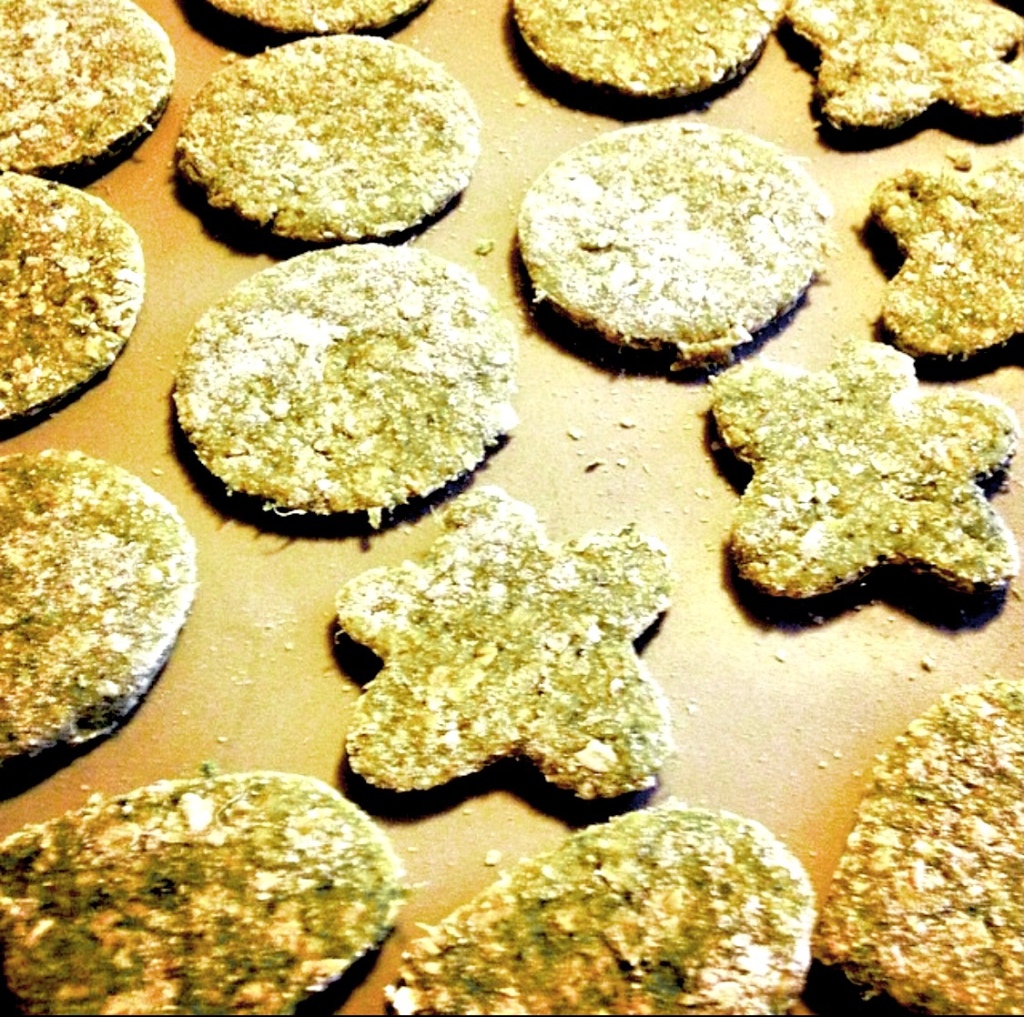I know it sounds like a crazy combination, but that’s essentially what you have at Hierapolis.
Near the town of Pamukkale is a hill, and at the top is the ancient city of Hierapolis–or it’s ruins, I should say.
While there is not much left/excavated of the ancient city itself, it’s the hot springs of the ancient Roman baths that have been attracting people for thousands of years. You can still swim in the pool and hundreds, if not thousands, do every day! In fact, part of the reason that the ruins of Hierapolis are so limited is because of damage caused by hotels built on the site at the turn of the 20th century once the tourism potential of the hot springs was realized. They were later removed when Hierapolis-Pamukkale was listed as a UN World Heritage Site.
We opted out of swimming and headed for the terraces, made of travertine from the calcium carbonated water flowing down the hillside.
These waters are also said to be healing, so of course, we went wading–which was pretty much our only option, as shoes were not allowed when walking on the terraces. It felt super silky and very soft–however, it made for walking along the terraces rather tricky and very slippery!
On the other side of the Roman baths and down the other side of the hill is the Necropolis, which at one time laid outside the city walls–you know, back when there were city walls! It was by far the most impressive and extensive necropolis that I have ever seen. Graves, burial mounds, sarcophagi and temples all served as tribute to Hierapolis’ population. The Necropolis extended down the hillside, stretching well over 2km with over 1200 tombs excavated!




















Join the Discussion…